Showing 256001–256050 of 263133 results
-
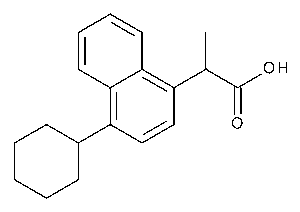
Vedaprofen
$236.33 Add to cart View Product DetailsMolecular Formula : C19 H22 O2
-

Vedaprofen
$572.70 Add to cart View Product DetailsMolecular Formula : C19 H22 O2
-
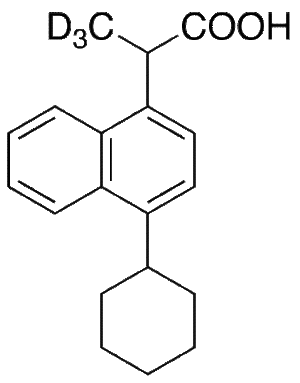
Vedaprofen-d3
$210.45 Add to cart View Product DetailsMolecular Formula : C19H19D3O2
-

Vedaprofen-d3
$1,589.59 Add to cart View Product DetailsMolecular Formula : C19H19D3O2
-

Vedaprofen, NeuroPure
$235.60 Add to cart View Product DetailsVedaprofen, NeuroPure
-
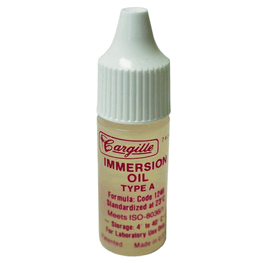
Vee Gee Microscope Immersion Oil, Low Viscosity, 1/4 oz
$13.28 Add to cart View Product DetailsVee Gee Microscope Immersion Oil, Low Viscosity, 1/4 oz
-
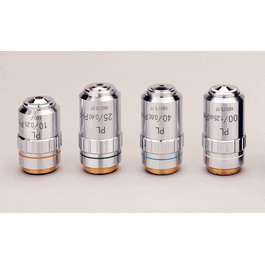
Vee Gee Microscope Objective, 40x Achromatic (DIN)/0.65 N.A.
$79.41 Add to cart View Product DetailsVee Gee Microscope Objective, 40x Achromatic (DIN)/0.65 N.A.
-
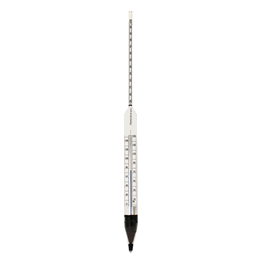
Vee Gee Scientific API ASTM 54H Hydrometers with SafetyBLUE F Thermometer, 29 to 41 API
$55.73 Add to cart View Product DetailsVee Gee Scientific API ASTM 54H Hydrometers with SafetyBLUE F Thermometer, 29 to 41 API
-
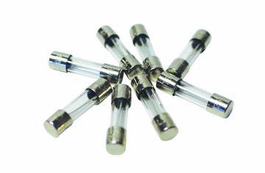
Vee Gee Scientific Microscope Fuse, 0.75A / 250V, for 1250s, 1260s, 1270ZFs, 1270ZHs, 1130s
$2.02 Add to cart View Product DetailsVee Gee Scientific Microscope Fuse, 0.75A / 250V, for 1250s, 1260s, 1270ZFs, 1270ZHs, 1130s
-

Vee Gee Scientific Microscope Fuse, 1270ZLs, 1250SLs, 1130ZLs, Newer 1490s
$2.02 Add to cart View Product DetailsVee Gee Scientific Microscope Fuse, 1270ZLs, 1250SLs, 1130ZLs, Newer 1490s
-

Vee Gee Scientific Microscope Fuse, 5.0A / 250V, for 1282ECM and 1286ECM External Power Supply
$2.02 Add to cart View Product DetailsVee Gee Scientific Microscope Fuse, 5.0A / 250V, for 1282ECM and 1286ECM External Power Supply
-
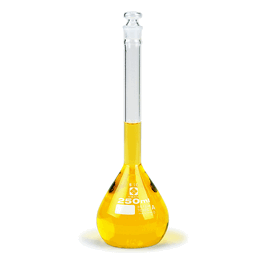
Vee Gee SIBATA Class A Volumetric Flasks with Glass Stopper, To Contain, 10 mL
$86.94 Add to cart View Product DetailsVee Gee SIBATA Class A Volumetric Flasks with Glass Stopper, To Contain, 10 mL
-

Vee Gee SIBATA Class A Volumetric Flasks with Glass Stopper, To Contain, 10 mL
$1,043.06 Add to cart View Product DetailsVee Gee SIBATA Class A Volumetric Flasks with Glass Stopper, To Contain, 10 mL
-

Vee Gee SIBATA Class A Volumetric Flasks with Glass Stopper, To Contain, 100 mL
$69.69 Add to cart View Product DetailsVee Gee SIBATA Class A Volumetric Flasks with Glass Stopper, To Contain, 100 mL
-

Vee Gee SIBATA Class A Volumetric Flasks with Glass Stopper, To Contain, 100 mL
$836.36 Add to cart View Product DetailsVee Gee SIBATA Class A Volumetric Flasks with Glass Stopper, To Contain, 100 mL
-

Vee Gee SIBATA Class A Volumetric Flasks with Glass Stopper, To Contain, 1000 mL
$84.01 Add to cart View Product DetailsVee Gee SIBATA Class A Volumetric Flasks with Glass Stopper, To Contain, 1000 mL
-

Vee Gee SIBATA Class A Volumetric Flasks with Glass Stopper, To Contain, 1000 mL
$336.03 Add to cart View Product DetailsVee Gee SIBATA Class A Volumetric Flasks with Glass Stopper, To Contain, 1000 mL
-

Vee Gee SIBATA Class A Volumetric Flasks with Glass Stopper, To Contain, 200 mL
$94.19 Add to cart View Product DetailsVee Gee SIBATA Class A Volumetric Flasks with Glass Stopper, To Contain, 200 mL
-

Vee Gee SIBATA Class A Volumetric Flasks with Glass Stopper, To Contain, 200 mL
$565.11 Add to cart View Product DetailsVee Gee SIBATA Class A Volumetric Flasks with Glass Stopper, To Contain, 200 mL
-

Vee Gee SIBATA Class A Volumetric Flasks with Glass Stopper, To Contain, 2000 mL
$145.33 Add to cart View Product DetailsVee Gee SIBATA Class A Volumetric Flasks with Glass Stopper, To Contain, 2000 mL
-

Vee Gee SIBATA Class A Volumetric Flasks with Glass Stopper, To Contain, 2000 mL
$581.23 Add to cart View Product DetailsVee Gee SIBATA Class A Volumetric Flasks with Glass Stopper, To Contain, 2000 mL
-

Vee Gee SIBATA Class A Volumetric Flasks with Glass Stopper, To Contain, 25 mL
$92.71 Add to cart View Product DetailsVee Gee SIBATA Class A Volumetric Flasks with Glass Stopper, To Contain, 25 mL
-

Vee Gee SIBATA Class A Volumetric Flasks with Glass Stopper, To Contain, 25 mL
$1,112.41 Add to cart View Product DetailsVee Gee SIBATA Class A Volumetric Flasks with Glass Stopper, To Contain, 25 mL
-

Vee Gee SIBATA Class A Volumetric Flasks with Glass Stopper, To Contain, 250 mL
$105.74 Add to cart View Product DetailsVee Gee SIBATA Class A Volumetric Flasks with Glass Stopper, To Contain, 250 mL
-

Vee Gee SIBATA Class A Volumetric Flasks with Glass Stopper, To Contain, 250 mL
$634.54 Add to cart View Product DetailsVee Gee SIBATA Class A Volumetric Flasks with Glass Stopper, To Contain, 250 mL
-

Vee Gee SIBATA Class A Volumetric Flasks with Glass Stopper, To Contain, 5 mL
$86.94 Add to cart View Product DetailsVee Gee SIBATA Class A Volumetric Flasks with Glass Stopper, To Contain, 5 mL
-

Vee Gee SIBATA Class A Volumetric Flasks with Glass Stopper, To Contain, 5 mL
$1,043.06 Add to cart View Product DetailsVee Gee SIBATA Class A Volumetric Flasks with Glass Stopper, To Contain, 5 mL
-

Vee Gee SIBATA Class A Volumetric Flasks with Glass Stopper, To Contain, 50 mL
$67.10 Add to cart View Product DetailsVee Gee SIBATA Class A Volumetric Flasks with Glass Stopper, To Contain, 50 mL
-

Vee Gee SIBATA Class A Volumetric Flasks with Glass Stopper, To Contain, 50 mL
$805.14 Add to cart View Product DetailsVee Gee SIBATA Class A Volumetric Flasks with Glass Stopper, To Contain, 50 mL
-

Vee Gee SIBATA Class A Volumetric Flasks with Glass Stopper, To Contain, 500 mL
$61.41 Add to cart View Product DetailsVee Gee SIBATA Class A Volumetric Flasks with Glass Stopper, To Contain, 500 mL
-

Vee Gee SIBATA Class A Volumetric Flasks with Glass Stopper, To Contain, 500 mL
$368.41 Add to cart View Product DetailsVee Gee SIBATA Class A Volumetric Flasks with Glass Stopper, To Contain, 500 mL
-
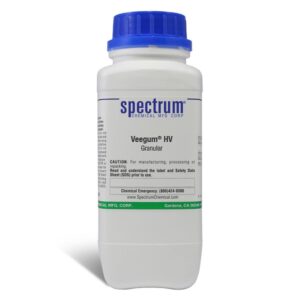
Veegum(R) HV, Granular
$159.14 Add to cart View Product DetailsVeegum(R) HV, Granular
-
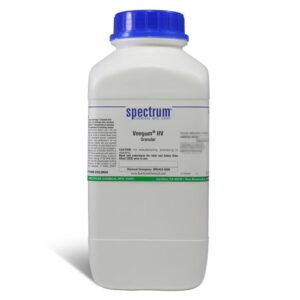
Veegum(R) HV, Granular
$473.46 Add to cart View Product DetailsVeegum(R) HV, Granular
-
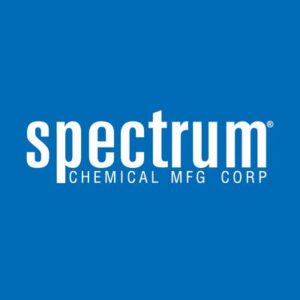
Veegum(R) HV, Granular
$1,972.96 Add to cart View Product DetailsVeegum(R) HV, Granular
-
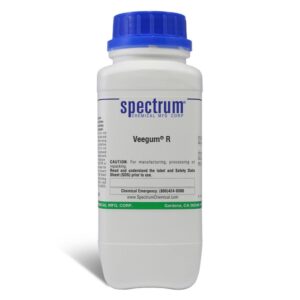
Veegum(R) R
$141.30 Add to cart View Product DetailsVeegum(R) R
-
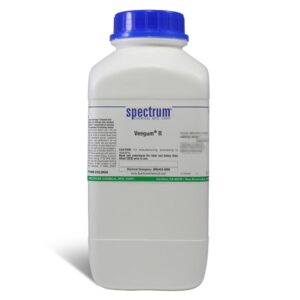
Veegum(R) R
$370.52 Add to cart View Product DetailsVeegum(R) R
-

Veegum(R) R
$1,029.11 Add to cart View Product DetailsVeegum(R) R
-
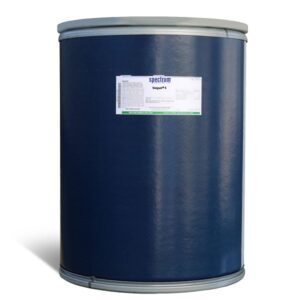
Veegum(R) R
$1,769.33 Add to cart View Product DetailsVeegum(R) R
-

VEGETABLE OIL HYDROGENATED
$45.31 Add to cart View Product DetailsVEGETABLE OIL HYDROGENATED
-

VEGF Rabbit mAb
$296.24 Add to cart View Product DetailsMonoclonal Antibodies
-

VEGF Rabbit mAb
$119.14 Add to cart View Product DetailsMonoclonal Antibodies
-

VEGF Rabbit pAb
$86.94 Add to cart View Product DetailsPolyclonal Antibodies
-

VEGF Rabbit pAb
$239.89 Add to cart View Product DetailsPolyclonal Antibodies
-

VEGF Receptor 2 Rabbit pAb
$239.89 Add to cart View Product DetailsPolyclonal Antibodies
-

VEGF Receptor 2 Rabbit pAb
$239.89 Add to cart View Product DetailsPolyclonal Antibodies
-

VEGF Receptor 2 Rabbit pAb
$86.94 Add to cart View Product DetailsPolyclonal Antibodies
-

VEGF Receptor 2 Rabbit pAb
$86.94 Add to cart View Product DetailsPolyclonal Antibodies
-
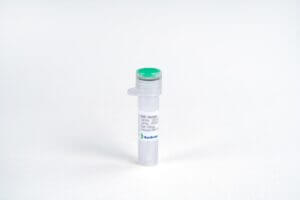
VEGF-A164, Mouse
$1,470.56 Add to cart View Product DetailsVascular Endothelial Growth Factor (VEGF) was initially purified from media conditioned by normal bovine pituitary folliculo-stellate cells and by a variety of transformed cell lines as a mitogen specific for vascular endothelial cells. It was subsequently found to be identical to an independently discovered vascular permeability factor (VPF), which was previously identified in media conditioned by tumor cell lines based on its ability to increase the permeability of capillary blood vessels. Three mouse cDNA clones, which arise through alternative splicing and which encode mature mouse monomeric VEGF having 120, 164, or 188, amino acids, respectively, have been identified. Two receptor tyrosine kinases (RTKs), Flt-1 and Flk-1 (the mouse homologue of human KDR), both members of the type III subclass of RTKs containing seven immunoglobulin-like repeats in their extracellular domains, have been shown to bind VEGF with high affinity. The roles of the homodimers of KDR, Flt, and the heterodimer of KDR/Flt in VEGF signal transduction remain to be elucidated. In vivo, VEGF has been found to be a potent angiogenesis inducer.
-

VEGF-A164, Mouse
$86.25 Add to cart View Product DetailsVascular Endothelial Growth Factor (VEGF) was initially purified from media conditioned by normal bovine pituitary folliculo-stellate cells and by a variety of transformed cell lines as a mitogen specific for vascular endothelial cells. It was subsequently found to be identical to an independently discovered vascular permeability factor (VPF), which was previously identified in media conditioned by tumor cell lines based on its ability to increase the permeability of capillary blood vessels. Three mouse cDNA clones, which arise through alternative splicing and which encode mature mouse monomeric VEGF having 120, 164, or 188, amino acids, respectively, have been identified. Two receptor tyrosine kinases (RTKs), Flt-1 and Flk-1 (the mouse homologue of human KDR), both members of the type III subclass of RTKs containing seven immunoglobulin-like repeats in their extracellular domains, have been shown to bind VEGF with high affinity. The roles of the homodimers of KDR, Flt, and the heterodimer of KDR/Flt in VEGF signal transduction remain to be elucidated. In vivo, VEGF has been found to be a potent angiogenesis inducer.
-

VEGF-A164, Mouse
$194.06 Add to cart View Product DetailsVascular Endothelial Growth Factor (VEGF) was initially purified from media conditioned by normal bovine pituitary folliculo-stellate cells and by a variety of transformed cell lines as a mitogen specific for vascular endothelial cells. It was subsequently found to be identical to an independently discovered vascular permeability factor (VPF), which was previously identified in media conditioned by tumor cell lines based on its ability to increase the permeability of capillary blood vessels. Three mouse cDNA clones, which arise through alternative splicing and which encode mature mouse monomeric VEGF having 120, 164, or 188, amino acids, respectively, have been identified. Two receptor tyrosine kinases (RTKs), Flt-1 and Flk-1 (the mouse homologue of human KDR), both members of the type III subclass of RTKs containing seven immunoglobulin-like repeats in their extracellular domains, have been shown to bind VEGF with high affinity. The roles of the homodimers of KDR, Flt, and the heterodimer of KDR/Flt in VEGF signal transduction remain to be elucidated. In vivo, VEGF has been found to be a potent angiogenesis inducer.






